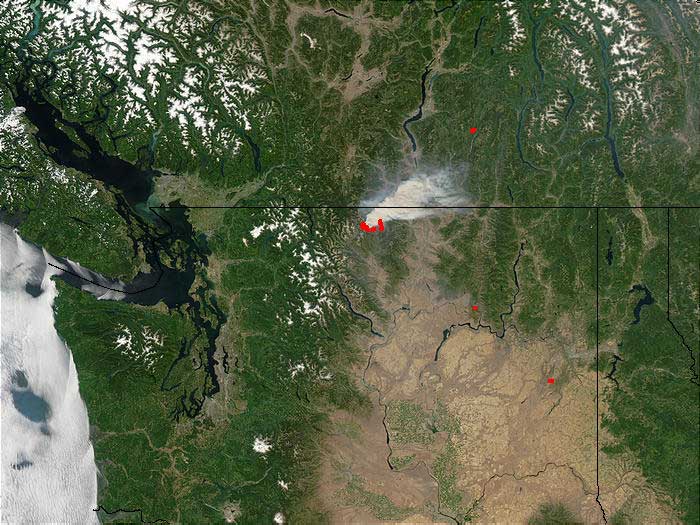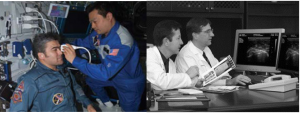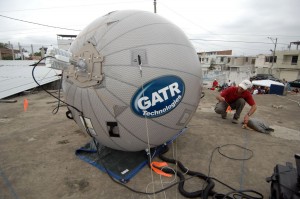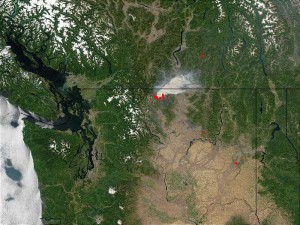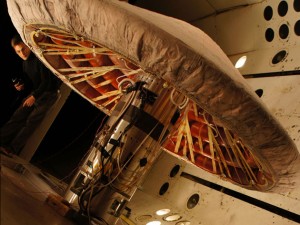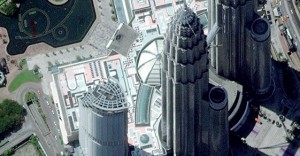Information Week on March 19 published an interesting article by Elena Malykhina that I thought was worth sharing. It listed 10 space technologies that have found a niche here on Earth and talked about the Space Technology Hall of Fame, an institution that has been around for 25 years. In its hallowed halls 67 technologies appear, all inductees. All of these technology have had a direct impact on those of us living here on Earth. Many have created whole new industries. And some are helping to save lives and protect our valuable resources.
In her article, Malykhina singles out the following ten technologies. In this my 400th posting on 21st Century Tech Blog I cover the first five and provide you with links to learn more about these space inspired innovations that are helping us alter our world.
Remote Ultrasound – Compact, low-powered ultrasound wouldn’t have happened if doctors didn’t need a telemedicine solution to support astronauts in space. ADUM, the Advanced Diagnostic Ultrasound Microgravity experiment, conducted on the International Space Station (ISS) from 2003 to 2005 helped to develop diagnostic imaging from the station through satellite connections to the ground. The Henry Ford Hospital, Mediphan, Wyle and Epiphan Systems worked with NASA to develop a transmission capability to produce quality images that could be transmitted over long distances. In this case from the ISS to ground stations without image data loss. Today on the ground this technology is used in military hospitals near the battlefield, remote health clinics and at medical emergency sites where those in the field can benefit from the opinion of expert diagnosticians located far away.
Inflatable Communication Systems – GATR, a company spun out of a NASA Glenn Research Center project. is deploying portable inflatable antennas for high-bandwidth satellite communication for military, security and emergency rescue providers to transmit and receive voice, data and video when other infrastructure has failed or is unavailable. Unlike rigid satellite dishes, GATR is portable and easily deployable. There is even a 1.2 meter (about 4 feet) backpack version weighing less than 23 kilograms (50 pounds). Setup takes less than 30 minutes.
Real-Time Forest Fire Monitoring – NASA has been working with the Food and Agriculture Organization of the United Nations to develop the Global Fire Information Management System (GFIMS), an online portal that provides continuous monitoring of forest fires. GFIMS uses feeds from NASA’s many earth observation satellites to produce near real-time global, full-resolution MODIS, AIRS and MLS imagery.
Flexible Aerogels – NASA and Aspen Systems have co-developed flexible composite aerogels for use in space applications. And now aerogels are used here on earth in construction, refrigeration, automotive, medical and industrial processes. Aerogels, made from silica combined with a solvent, are superb insulators. In the manufacturing process the fluid solvent is extracted by introducing liquid CO2 into the gel. The CO2 is then vented out. The resulting product leaves a gel structure with nanometer-sized pores. The inflatable heat shield that NASA recently successfully tested was largely made of composite aerogels.
Earth-imaging – NASA has partnered with DigitalGlobe and GeoEye who have combined to create high-resolution images from satellites for mapping, environmental monitoring and navigation. The My DigitalGlobe portal is a tool that can be accessed by customers to view satellite imagery combined with meta data. DigitalGlobe collects more than 700 million square kilometers of quality imagery annually that can be searched and analyzed. In addition the service can program satellites with specific tasks to obtain new imagery. Available satellites include QuickBird, WorldView-1 and WorldView-2.
In Part 2 I will share with you the remaining five that recently got named by the Space Technology Hall of Fame.

